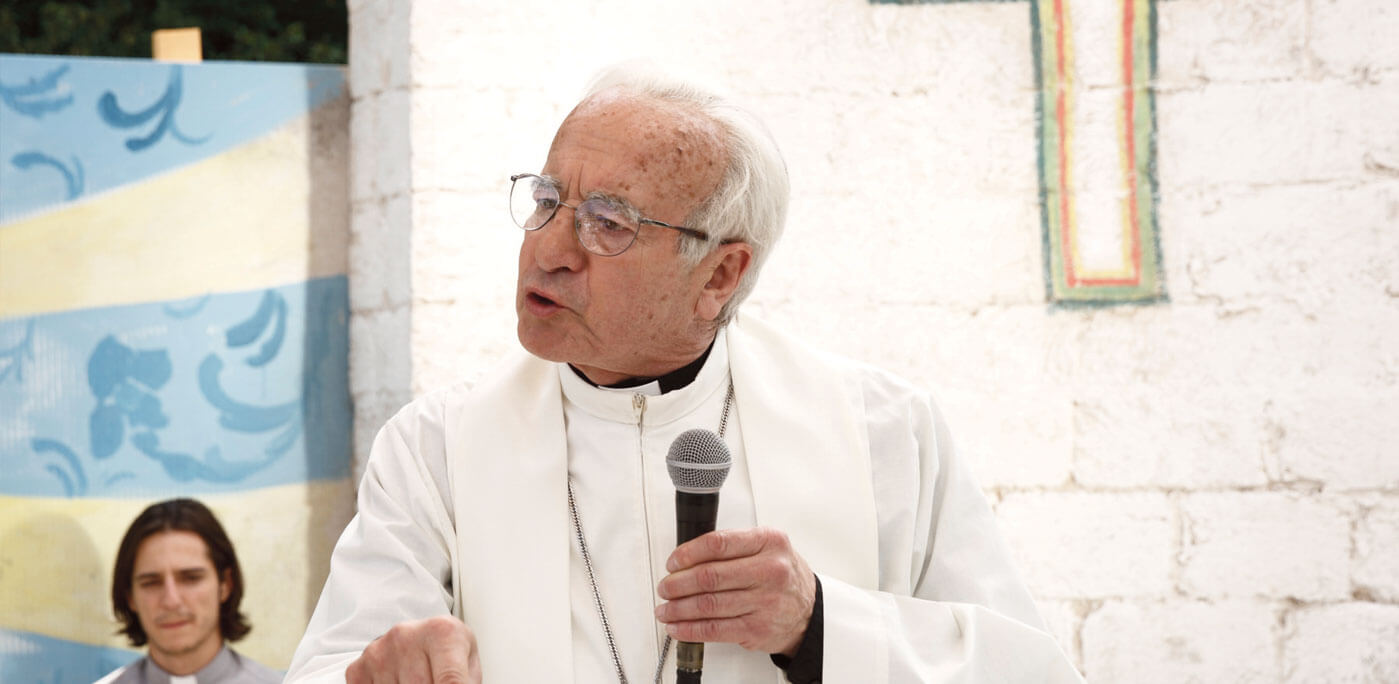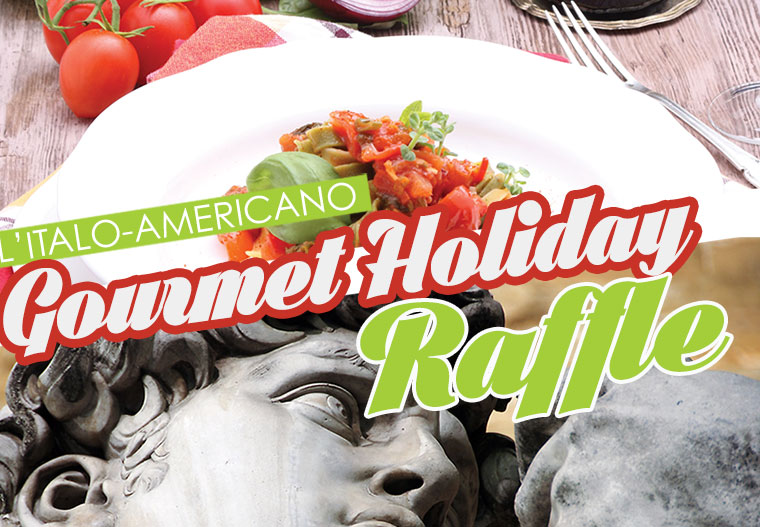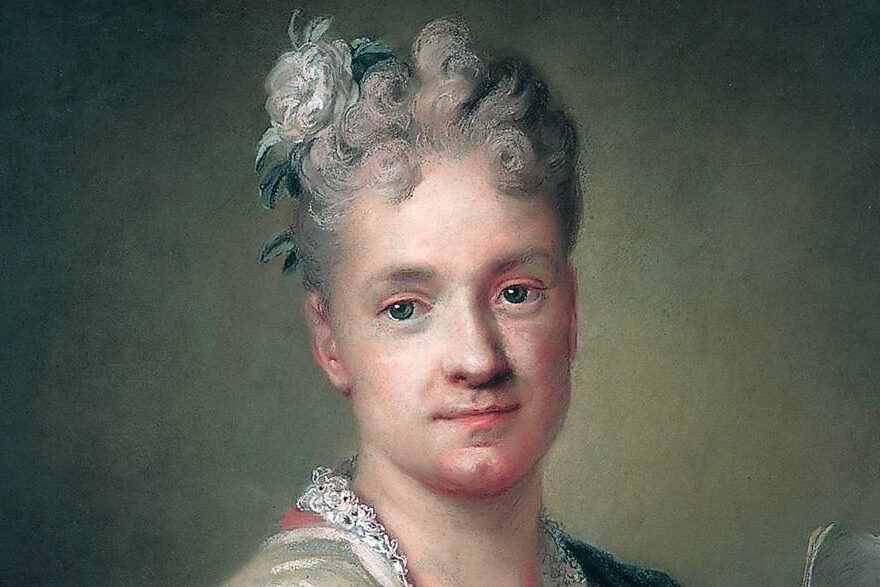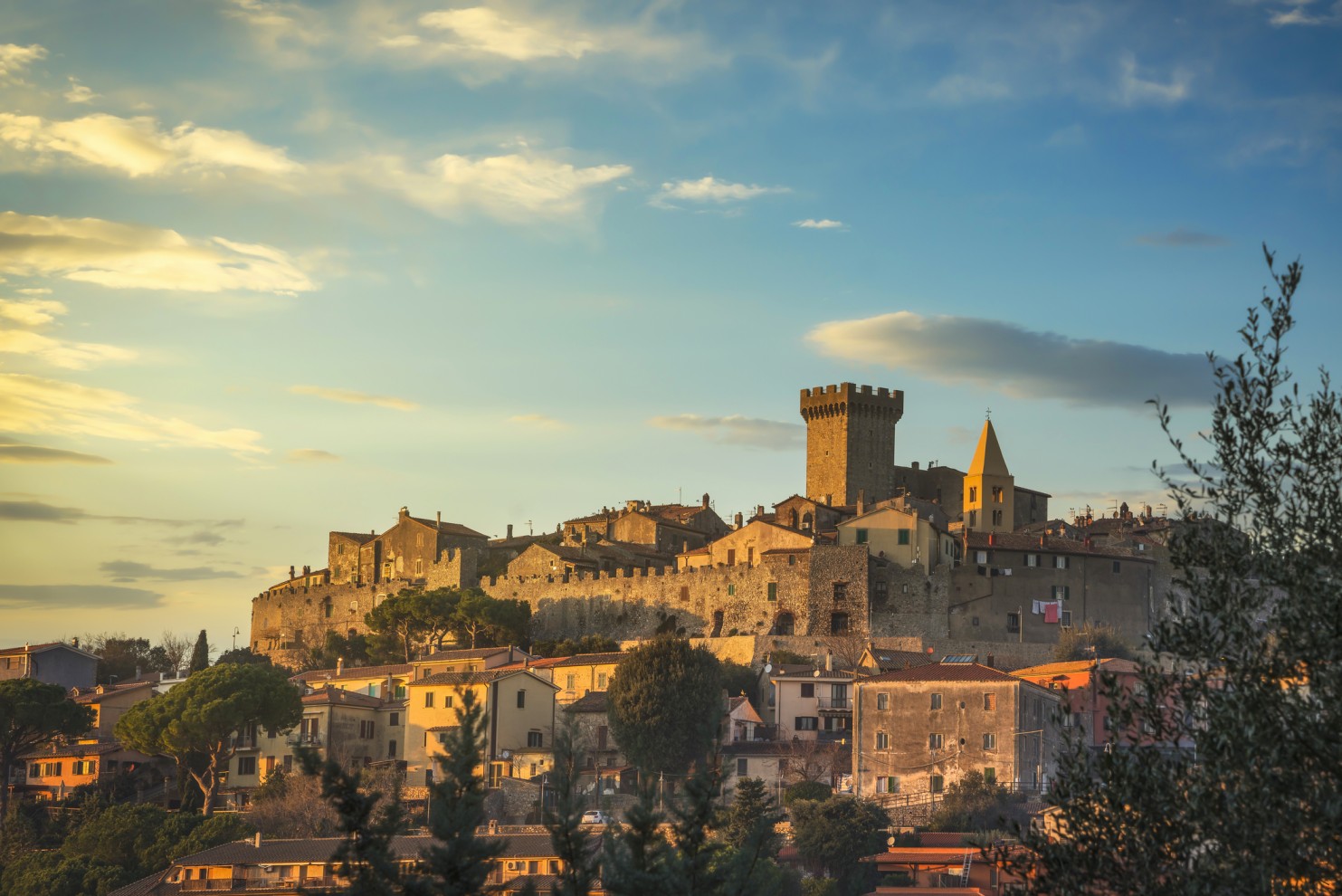With unprecedented cooperation from people who knew and worked with Jorge Mario Bergoglio, film director Daniele Luchetti offers a thoughtful, compelling account of the life of the man who would become Pope Francis in the two-part series “Francesco — Il Papa Della Gente” that world premiered in Italy on Mediaset Canale 5 few days ago as a personal gift to the Holy Father on the occasion of his 80th birthday.
Pope Francis’s experiences in the slums of Buenos Aires shaped his life and papacy. His deep identity as a pastor intertwined with the pain of the dark days of Argentina made Jorge Mario Bergoglio a beloved figure among the very poor during that country’s bloody military-backed dictatorships of the 1970s.
Episodes of 100 minutes each detail his life in Argentina from his youth as the son of Italian immigrants to his pastoral work in the slums of Buenos Aires under brutal dictator General Jorge Rafael Videla. The story ends in Rome on March 13, 2013, the day he was elected Pope. A very good Argentine actor, Rodrigo de la Serna, stars as the young Bergoglio.
“I didn’t give much importance to physical resemblance because this wasn’t about a physical impersonation but it was more about inhabiting,” says the film director. But de la Serna’s facial expressions and body gestures well mimic Bergoglio as a young Jesuit and then as a Jesuit superior, and finally as the archbishop of Buenos Aires who sent many priests to work and live in the slums.
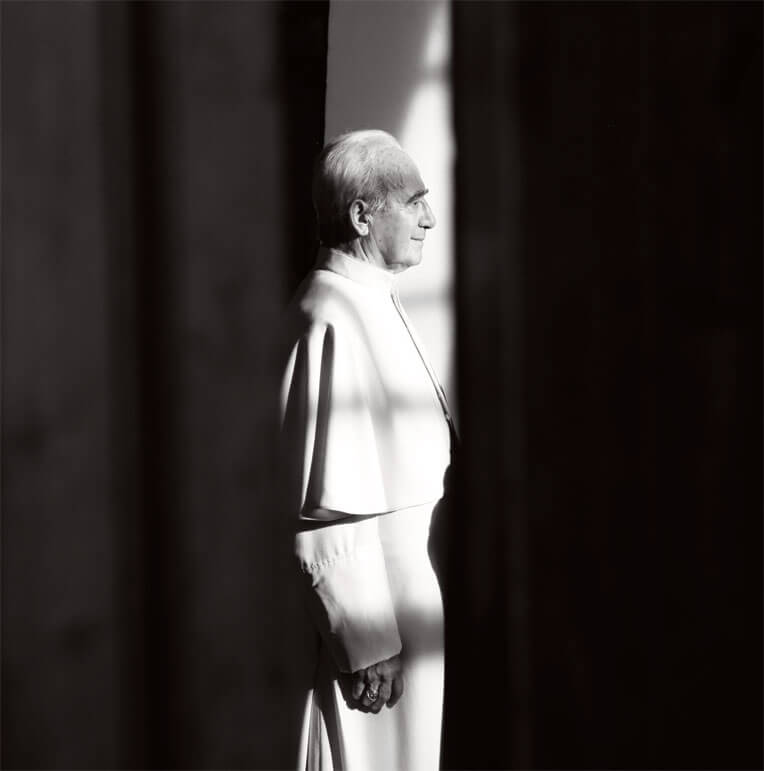
Pope Francis is a brave man. He went through so many hells and some purgatory during his life
Luchetti is interested in authenticity and realism, and so is producer Pietro Valsecchi, CEO of Taoduefilm. “We have chosen the path of realism and emotion to tell the life of this man who is doing so much to bring the Church closer to the people,” says Valsecchi.
The high production values of the film required 16 weeks of shooting across Argentina, Germany and Italy as well as 3,000 extras and much research. With a budget of 15 million euros, it is set to be released in the US through Netflix. The money was invested by Mediaset.
“Making this film in Argentina, I learned a lot,” says Luchetti, who also wrote the script. “I met extraordinary people. The wounds are still fresh in the country and economic problems persist, but inexplicably seem to stir the creative energies of the people.”
He told the crucial elements of Bergoglio’s personality, his wit and humanity, in a life that doesn’t flinch from the moral issues surrounding political violence. Some 30,000 people were abducted and went missing during Argentina’s darkest years. Among them was Bergoglio’s best friend, Esther Ballarino, an atheist chemistry professor who was one of the Mothers of Plaza de Mayo who protested the disappearance of family members. The movie also recounts the killing of priests.
“Bergoglio is a brave man. He went through so many hells and some purgatory,” says Luchetti, whose main sources were direct. “I spent a lot of time speaking to his former students, his priests and secretaries. Then, gathering anecdotes and statements in the Vatican, I noticed he has several enemies there,” he points out.
Yet we know Francesco is extremely loved by the people — laymen, consecrated persons and even atheists. Capturing hearts and minds across the world, his popularity has brought four times the number of pilgrims flocking to see him compared to his predecessor.
Some express their devotion in art. Master woodcarver Giuseppe Stuflesser created a statue of Pope Francis that got my attention. When I saw his wood sculpture of Pope Francis, I thought the maestro from Ortisei in the Gardena Valley of the Dolomites, South Tyrol, explored what it means to be human. He not only depicted the paternal benevolence in Francesco’s eyes, but also a more transcendental sense that is often difficult to capture.
“I made only one artwork on Pope Francis because we would need a special permit and approval from the Vatican to depict a living pope,” says Stuflesser, whose religious-inspired wood and bronze art is beautifully handmade and certified by the Bolzano Chamber of Commerce.
The Giuseppe Stuflesser atelier (www.giuseppestuflesser.it) was established in 1910 by his grandfather. “Before, my great-grandfather as well did the same job here in our valley, so the tradition is more than 300 years old,” Stuflesser says. “In the old times, our artisans went to Paris and London by foot to sell small sculptures.” And today there is still international demand for this sacred artwork. The Stuffleser atelier designed an altarpiece in the Vatican and continues to make stunning wood carvings strictly related to the sacred art integral to the Catholic religion.
From requests and needs come different sculptures. Saints, Madonnas, popes and angels are presented as real people with whom believers can find emotional as well religious identification. Pope Wojtyla and St. Padre Pio are the most commissioned by parishes in Italy and abroad. Master Stuflesser closely studies the setting where artwork will be placed. “Is it a baroque or a modern church? I consequently vary colors of painted wood and forms,” he says.
